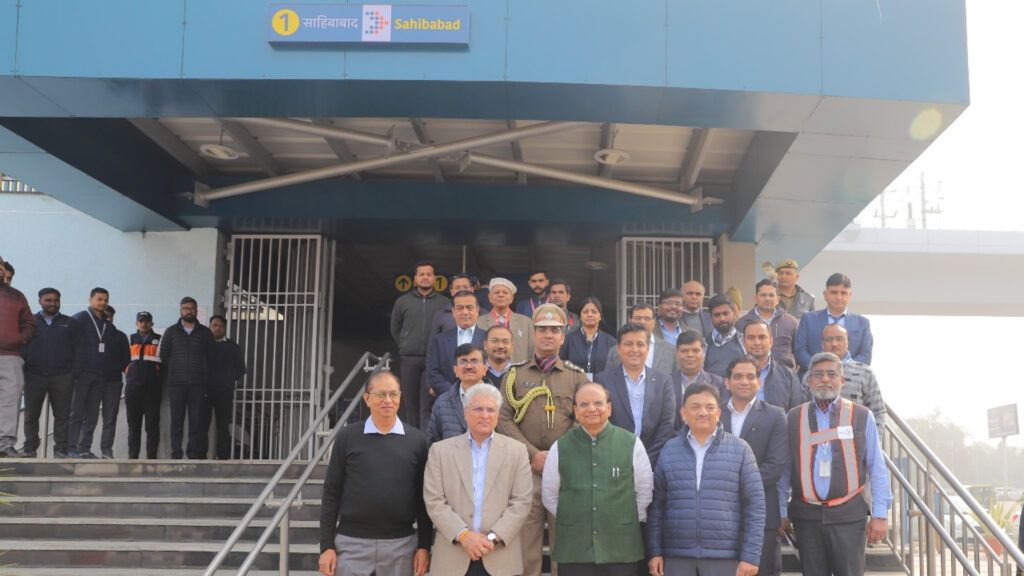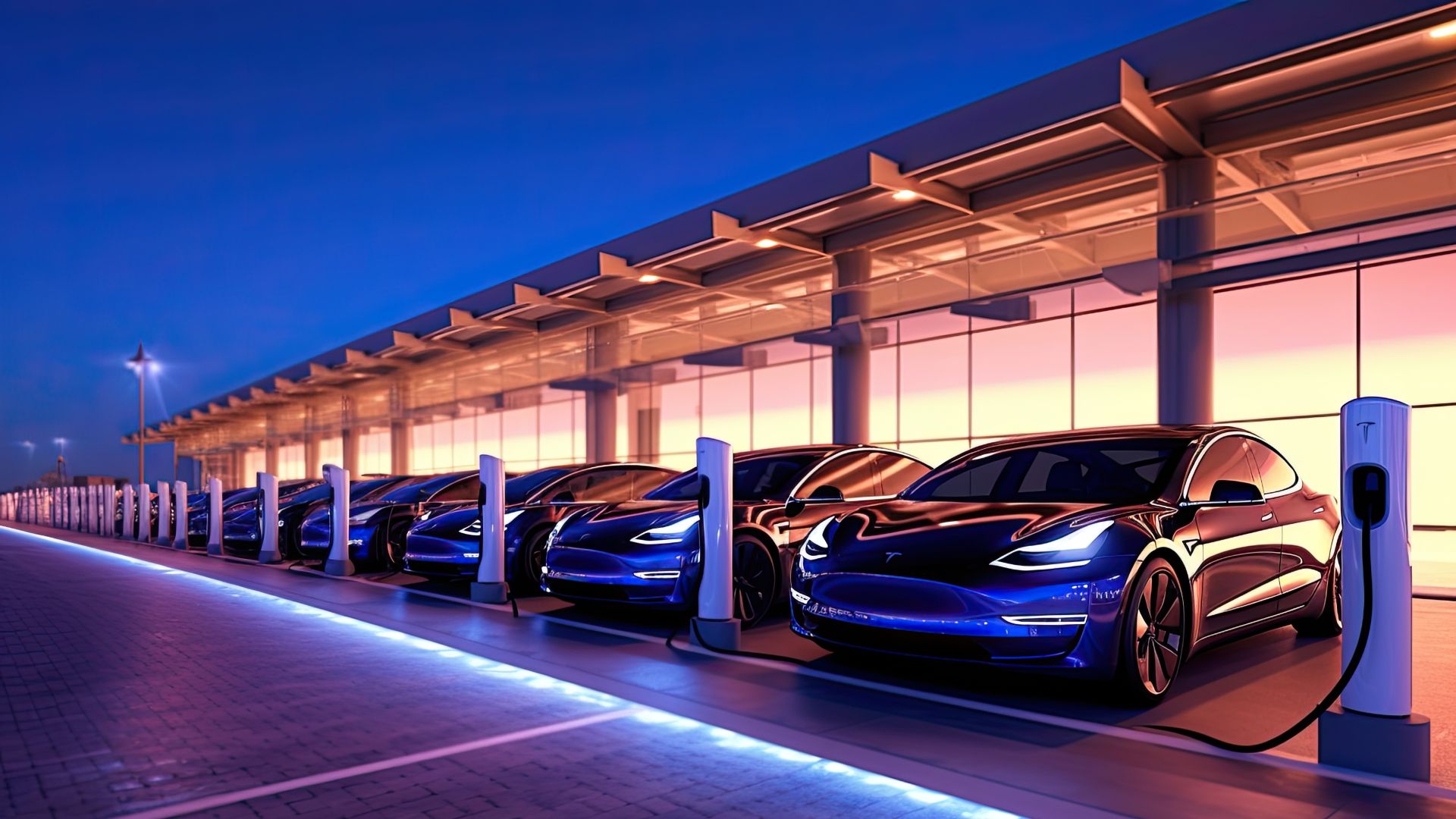The National Capital Region Transport Corporation (NCRTC) took a significant step forward in sustainable transportation. On May 6, the corporation inaugurated its first Electric Vehicle (EV) Charging Station, which is now operational at Sahibabad RRTS station in Ghaziabad, as per media report.
NCRTC positioned the charging facility at gate number 1 of the Sahibabad Regional Rapid Transit System (RRTS) station. It has a range of charging units designed to cater to the needs of various electric vehicle models traversing the region.
The project is part of a comprehensive strategy to enhance last-mile connectivity within the region. Notably, the fast charging allows four-wheelers to achieve a full charge within a short span of one hour. On the other hand, the slow charging alternative ensures a comprehensive charging period of three hours for four-wheelers and one and a half hours for two-wheelers.
In terms of user convenience, the station offers a seamless payment experience. The users can settle their electricity consumption bills per unit through a dedicated mobile application. The inclusion of online payment options streamlines the process, facilitating hassle-free transactions for all users.

EV Charging Stations in other RRTS station
Looking ahead, NCRTC has ambitious plans to extend EV charging facilities to all operational RRTS stations. These stations, including Ghaziabad, Guldhar, Duhai, Duhai Depot, Murad Nagar, Modi Nagar South, and Modi Nagar North, are set to become key hubs for electric vehicle charging.
NCRTC’s commitment to environmental management has been evident since India’s first regional rail project implementation. In a move towards reducing its carbon footprint, NCRTC adopted a solar policy in March 2021. This policy aims to significantly boost the share of renewable energy within the corporation’s operations.
Over the next five years, NCRTC aims to utilize the power of solar energy by generating approximately 11 MW peak in-house solar power. This initiative will primarily involve installing solar panels on the rooftops of stations, depots, and other relevant infrastructure, thereby contributing to the region’s sustainable energy ecosystem.








